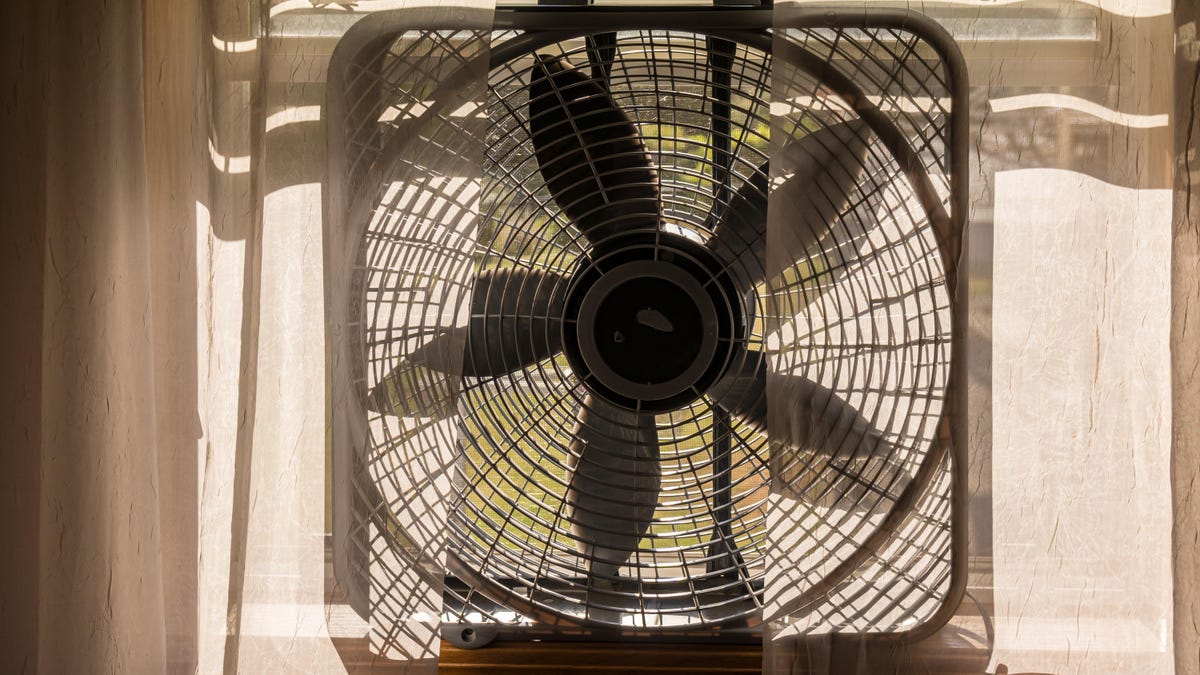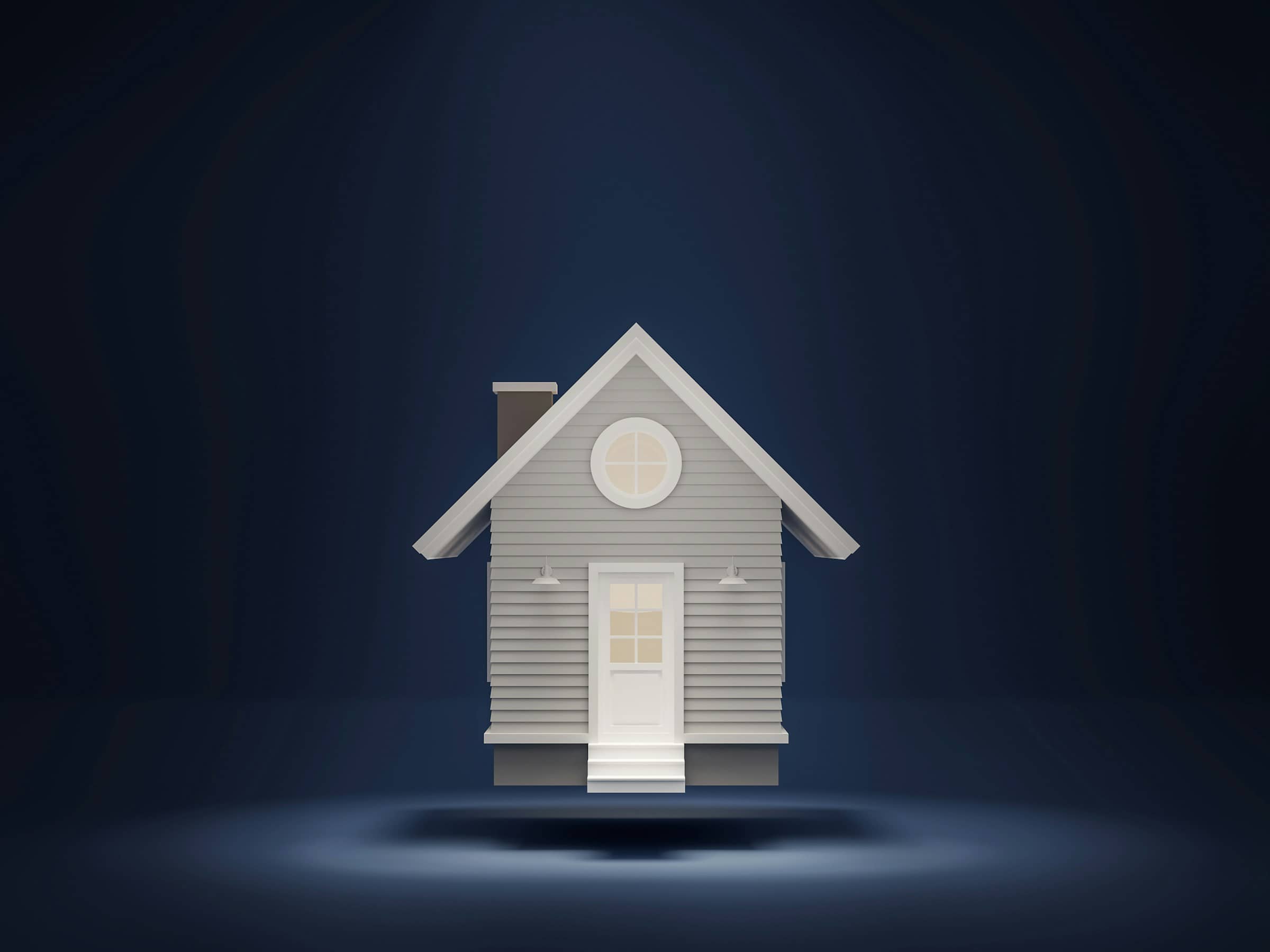How to Tell Whether Your Window Fan Should Be Facing In or Out
For many people, window fans are essential tools for keeping cool—especially if they don’t have (or are cutting back on) air conditioning. Even with access to AC, window fans can provide an otherwise-stuffy room with some much-needed ventilation.Read more...


Photo: Michael Warwick (Shutterstock)
For many people, window fans are essential tools for keeping cool—especially if they don’t have (or are cutting back on) air conditioning. Even with access to AC, window fans can provide an otherwise-stuffy room with some much-needed ventilation.
So the question is: Should you place the fan so it’s facing outside or inside? As it turns out, the answer isn’t as straightforward as you’d think. Here’s what to know.
Should your window fan face in or out?
Taking full advantage of the cooling power of a window fan requires more than simply pointing it towards your face, and switching it on. Instead, take a few factors into consideration in order to determine whether your fan should be facing out or in:
The position of your home
Think about the natural light in your home. In most cases, some rooms get more of it than others, based on the direction the house or building is facing, and the time of day. On top of that, some rooms benefit from the shade of a large tree, for example. This means that even if the sun is shining directly into the room, it won’t heat up as much.
That’s why, generally speaking, window fans should face outside on the warmer side of your home—in order to blow the hot air out—and inside on the cooler, shadier side of your home, to bring that cool air in.
The number of levels of your house
As you probably recall from elementary school science class, hot air rises and cool air sinks. So if you live in a house and it has more than one level, chances are the upper floor(s) are warmer than the ground floor—especially during the summer.
If you’re using window fans to cool your home, Chris Regan, an engineer who also tests AC units for Consumer Reports, recommends a multi-fan approach. This means having fans constantly turned on—and facing outward—on the upper level(s) of the house to get rid of the hot air trapped up there.
Then, once evening hits and it’s not quite as hot outside, turn on inward-facing window fans on the ground floor of your home. This will blow the cooler outdoor air inside, and—combined with the outward-facing fans on the upper level(s)—maximize airflow in the house, Regan explains.
Overall, keep in mind that window fans are far more useful for moving hot air out of a house (or apartment) than they are for bringing cooler air in.

 Hollif
Hollif 
































